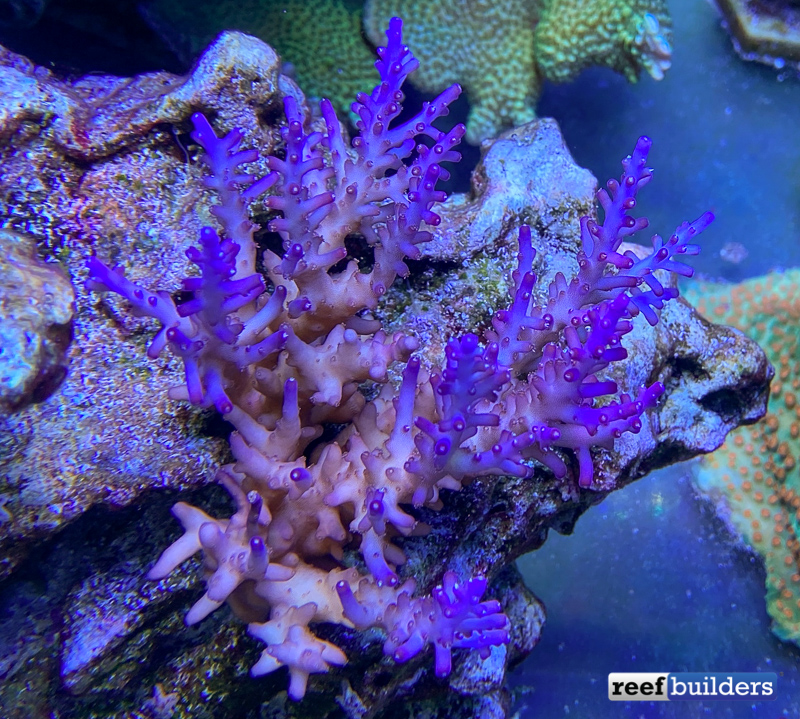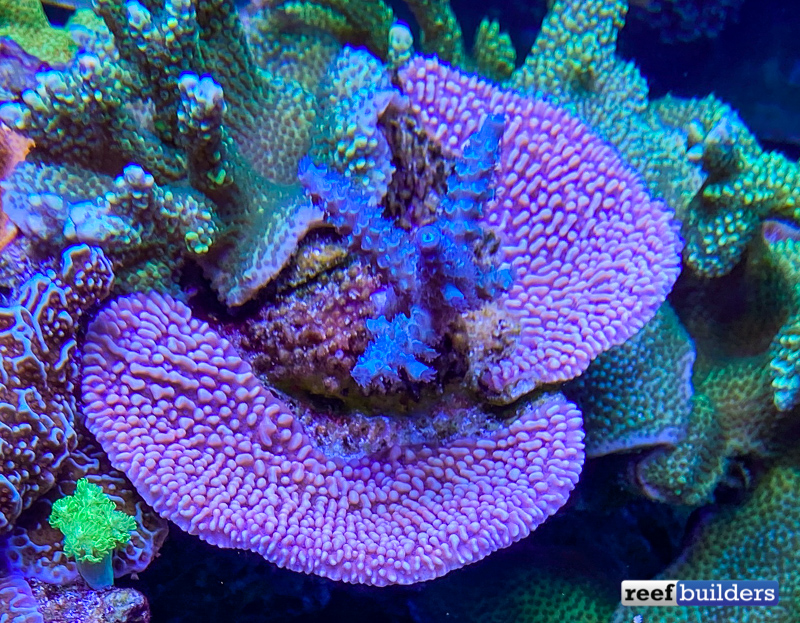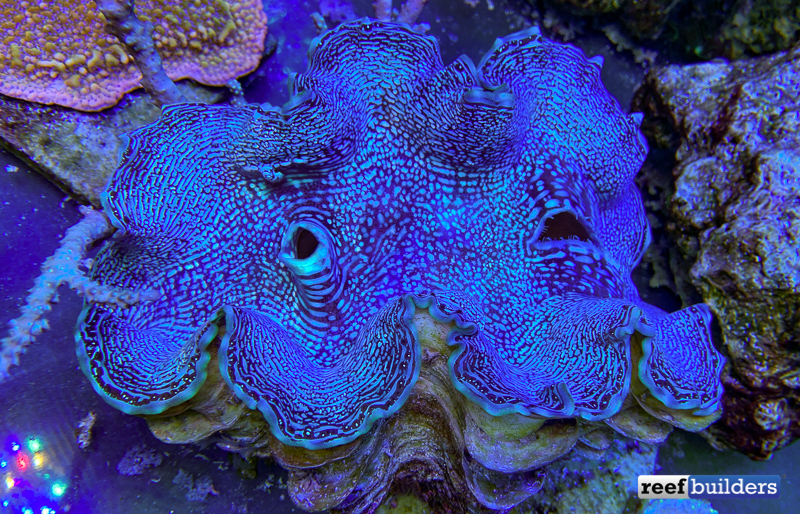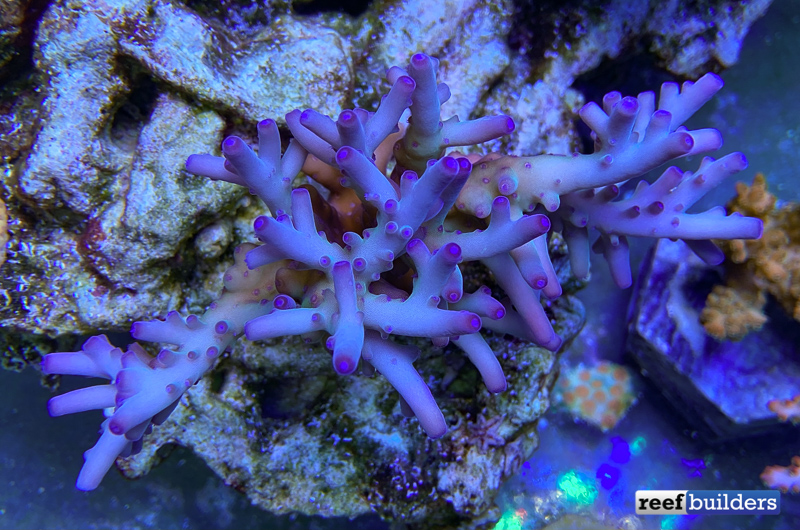I love blue light, you love blue light, we all love blue lights over our aquarium corals, especially all the different shades of blue LEDs that help bring out the fluorescent colors of our favorite coral strains. However with more and more reefers opting to set their controllable LED lights to a mostly blue spectrum, we’ve lost the proper color rendition of many chromatic colors like pink, purple, and especially different shades of blue.
Recently we’ve received a lot of praise for the brilliance of these precise color shades in our corals but we don’t think we’re doing anything particularly special, other than providing these corals with a reasonable amount of daylight spectrum. You see, most of the colors that we cherish in our corals are fluorescent pigments that are excited by blue light but they don’t do much to bring out pinks, purples or blue chromatic pigments.

Of course we run a primarily blue spectrum over our tanks of Euphyllia, LPS corals and flowerpots but we maintain two other reef tanks that experience a longer period of balanced daylight spectrum and it’s under these conditions that our purple Acropora carduus, blue A. hoeksemai, lavender A. lokani, and blue squamosa clam truly glow. You don’t need much more than intuition and experience with aquarium lighting to foresee that blue corals and clams don’t exactly stand out in an aquarium filled with blue light but somehow, many reefers have simply forgotten this mechanism of color rendition.

It’s incredibly satisfying to look at aquarium corals under purely flattering lighting of blue spectrum that even makes algae visually fade away, only highlighting the instagrammable colors of corals, it’s like they were made for that ephemeral medium. However if you really want to get the most out of the full rainbow of coral colors, don’t be afraid to treat your reef display and the animals inside to some balanced daylight spectrum lighting because when you do, you’ll be treated to a suite of corals colors that you may not have enjoyed in your tank in a long time.




